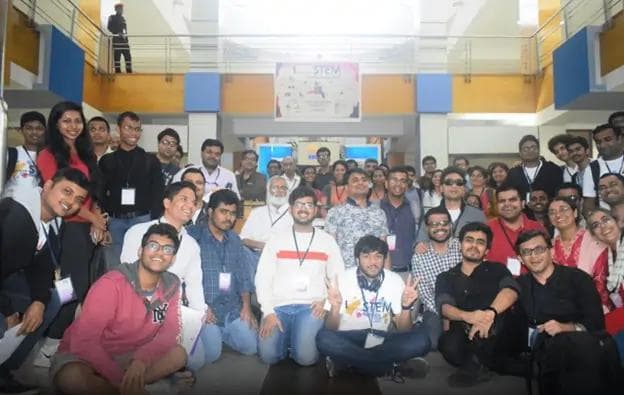A global call to action: Harnessing the potential of unstructured data
A global call to action: Harnessing the potential of unstructured data
Published by Jessica Weisman-Pitts
Posted on September 29, 2023

Published by Jessica Weisman-Pitts
Posted on September 29, 2023

A global call to action: Harnessing the potential of unstructured data
By Sebastien Marotte, president Box EMEA
When most people think about data, they think rows and columns, numbers and figures. But there’s another kind of data that holds an enormous amount of untapped business potential — and it’s extremely common within every company.
In 2022, IDC found that an astounding 90% of all data generated was classified as unstructured.
That’s all the contracts from your legal department, roadmaps from your product managers, videos from your marketing department, and slide decks from your execs. It’s all the files that every organization creates, shares, and collaborates on in the normal course of business, every day. And there’s a lot of it.
While most leaders take for granted the dominance of unstructured data within their organizational ecosystems, they don’t typically recognize the sheer amount of untapped information held within that content. All of this unstructured data holds valuable insights and IP that would be crucial to your business success if you could centralize it and apply a strategy to it.
I’ve witnessed firsthand the transformative potential that lies within centralizing unstructured data. Yet, right now, only half of a typical organization’s unstructured data is analyzed to extract information. The great majority of company leaders (92%, in fact) agree that managing all of their unstructured data on a unified, governed, secure, accessible platform would have a positive impact on business outcomes, including productivity, cost, and security. With generative AI entering the picture and security an ever-bigger threat, the pressure to get a handle on unstructured data is acute.
Generative AI’s impact on the unstructured data conundrum
The wealth of information within existing content and files is enormous, but until now it’s been a relatively inert treasure. GenAI has emerged as a game-changer for business when it comes to unlocking hidden value from massive volumes of diverse and complex datasets. With GenAI, organizations can now synthesize and analyze the abundant information within their unstructured data at scale, giving the first-movers in this domain unparalleled competitive advantages.
GenAI can “data mine” in a lot of interesting ways within content. It can summarize long-form documents and surface the most important insights. It can be used to find information within giant libraries of disparate types of files with a simple prompt. It can extract metadata from multiple files to automatically trigger business processes. The use cases are abundant, and 65% of organizations recently polled by IDC have deployed some sort of GenAI solution. However, less than a third of the organizations are using GenAI broadly across their unstructured data.
Now’s your chance to get ahead of the curve. But before you can take advantage of applying GenAI broadly to your unstructured data, you need to analyze exactly where your data lives in the first place.
Embracing centralization within your content strategy
One of the biggest challenges with unstructured data is that it’s typically dispersed across a large span of different tools, systems, apps, and users. Just getting a handle on the content your organization produces and manages is a massive obstacle — never mind tapping into it.
Centralizing your content is the first step to being able to use it strategically. IDC found that almost every organization that claims “good” or “excellent” ability to know or catalog its unstructured data has a centralized data model. This is not a coincidence. Siloed data presents massive challenges; centralized data is accessible (not to mention easier to secure). In terms of using GenAI, centralization has the strong advantage of putting a large amount of data in one place in order to train large language models efficiently. There’s a vigorous connection between centralizing content and applying AI to that content.
The benefits of centralizing your data
Along with enabling GenAI initiatives broadly within your organization, centralized content also brings unified content governance, higher security, increased productivity, and better accessibility. IDC found that company leaders strongly believe centralizing unstructured data on one platform supports product or service innovation, has a positive impact on cost, and improves data security.
In today’s interconnected world, where competition knows no boundaries, it’s imperative for global organizations to recognize the significance of centralizing unstructured data. By leveraging unified, governed, secure platforms, businesses can unlock untapped potential and gain a competitive edge in their respective industries. This makes for more productive organizations, fosters innovation-driven cultures, and drives positive, bottom-line results. These are not just bold theories. With the “IDC White Paper” we have the numbers to back up these claims.
The time has come to harness the power of centralized unstructured data — an opportunity any forward-thinking organization won’t want to overlook when aiming for success on a global scale.
All IDC data comes from the following:
*Source: IDC White Paper, Sponsored by Box, “Untapped Value: What Every Executive Needs
to Know About Unstructured Data,” Doc. US51128223, August 2023
Explore more articles in the Technology category











